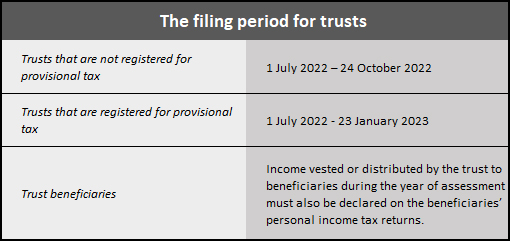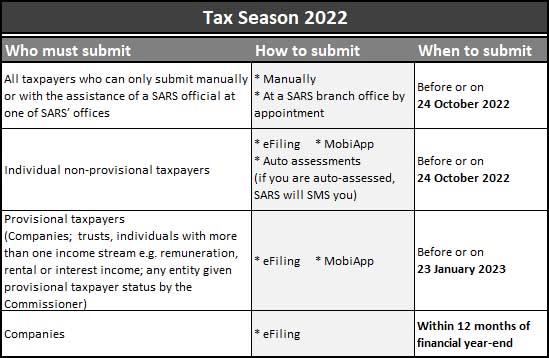The Importance of a Good Credit Score

“You cannot escape the responsibility of tomorrow by evading it today.” (Abraham Lincoln)
A good business credit score is a critical tool in business success as it helps your business unlock, establish and maintain relationships with lenders, suppliers and vendors. It reveals whether an organisation should lend your business money, give it credit or enter into a business relationship.
Building good business credit is, therefore, a vital aspect of running any enterprise and the sooner you embark upon developing a good credit reputation, the better. Business credit allows access to the funding you may need to expand, or get through a tough time, and can even give you better terms with suppliers and other vendors. Perhaps most importantly though, by establishing a good business credit score, you can take an important first step toward creating a dividing line between your business and personal finances, even if you’re running a sole proprietorship or partnership.
So just how do you build this credit score and just what do you need to do to ensure you have the best score possible when the time comes to use it?
So, what is business credit?
Your business’s credit is a score that measures your history of borrowing and making repayments. In South Africa, TransUnion and XDS compile commercial credit reports and generate business credit scores using the information given to them by financial institutions such as your bank as well as any defaults that may have been recorded against you by those who may have loaned your business money or advanced it credit facilities which the business has failed to repay on time or at all.
Putting together this information will give any potential vendors and loan companies a clear picture as to just how reliable your business is when it comes time to pay back any loans or accounts.
In South Africa, scores can range from 0 to 100 for some bureaus and 300 to 850 for others. The higher the score on the scale the safer it is to loan money to the business. For instance, any score lower than 527 on the latter scale is considered high risk, while scores above 750 are considered low risk.
Any business that records a high-risk level will therefore find it difficult to secure loans or indeed potentially even rent office space.
There are four different criteria that the bureaus look at to calculate your score.
- Your debt payment history,
- Amount of credit used or your credit utilisation ratio,
- Your length of credit history, and
- Your credit mix which looks at how you use credit and what kinds of credit are available to you.
As these reports are generated based on past behaviours, new companies may find it extremely difficult to secure loans. Without the history of past behaviour for a potential loan company to examine, your business’s risk would likely be considered fairly high.
How do you build your credit score?
So just how do you go about building your credit score? And how do you avoid falling foul of the system?
- Pay your creditors on time: This one really goes without saying. If you contract for a service or supply, you must pay the bill for that service timeously and on the agreed upon terms and date. Failing to do so could allow that creditor to list you with the bureaus thereby damaging your credit score.
- Use less revolving credit: Revolving credit is the kind of credit that is always available to you to use as long as you keep on making the necessary payments on the outstanding balance. Credit Cards, where a set amount of credit is extended and which can be drawn against and used as needed is an example of this type of credit. This differs from instalment credit where there is an end goal amount to be paid off and that amount may not necessarily be advanced again once a payment is received.
Revolving credit can be a good way to establish a relationship with financial institutions and help you build a credit score, but it can also be a trap. Revolving credit impacts a portion of your credit score called Credit Utilization which looks at just how much of your available credit you are using at any given time. Your Credit Utilisation is a calculation of how much of your overall credit you’re using and the amount of credit available to you at any given time. This calculation shows lenders and the credit bureaus how reliant you are on credit. Keeping it low on all your store and credit cards will positively impact your score. It will show lenders that you know how to use credit and you aren’t racking up debt that you cannot afford to pay. As a guide, you should try not to use more than 25% of your available revolving credit at any given time.
- Fix your cash-flow errors: Missed payments don’t always happen because your company is doing badly. Quite often they can be missed because a large invoice has simply not been paid on time. Making sure you have a balance of reserve money is important to ensure you don’t miss any crucial payments as credit scores do not have an excuses column to factor in as to why you missed your repayment obligations.
- Avoid missed payments and judgments: This takes us on to the next step, which is missed payments and their severe cousin, judgments. Missing too many payments is already bad, but worse is when a company gives up on you and files a warning with the bureaus that you are not to be trusted. Typically, defaults are listed for credit accounts overdue by 90 days or more.
“Defaults” such as subjective classifications of consumer behaviour (delinquent, default, slow paying, absconded, not contactable and the like) typically remain on a credit record for one year, whilst classifications related to enforcement action (handed over, legal action, debt write-off etc) remain for two years.
If a court judgment is issued, that stays on your credit record for five years and remains collectable for thirty years in total.
- Keep your suppliers in the loop: To avoid missed payments and judgments it’s highly advisable that you keep suppliers and creditors in the loop should you miss a payment or expect to miss one in the future. Explain what you have done to rectify the matter and when they can expect payment to avoid having your mistake recorded on your credit score. Of course, it is essential to then ensure the payment is made as promised.
- Establish business credit with companies that report trades: Establishing a good credit reputation with companies such as banks that report to the bureaus is a good way to ensure you build a credit score quickly. Using credit responsibly helps establish your ability to show discipline and pay on time and in full. Other companies that may report on your behaviour include telecommunications and utilities companies.
Get your free reports
The National Credit Act states that every business is entitled to access their credit reports once a year, totally free of charge from each credit bureau. Keeping track of your credit score will allow you to see whether your business is improving or falling behind on its goals and give you a clear picture of just how others perceive you. It will also allow you to see if the information there is correct – incorrect judgments can be included on these bureaus, and checking the reports helps you correct any that may be hurting your company’s credit score.
Head to these links to get your credit score report directly from each bureau:
In conclusion, a credit score is about your relationships with those with whom you transact. If you make payments timeously, use the credit that is available to you, and keep an eye on your credit score for any inaccuracies, you should be able to build a solid credit score in about two years.











